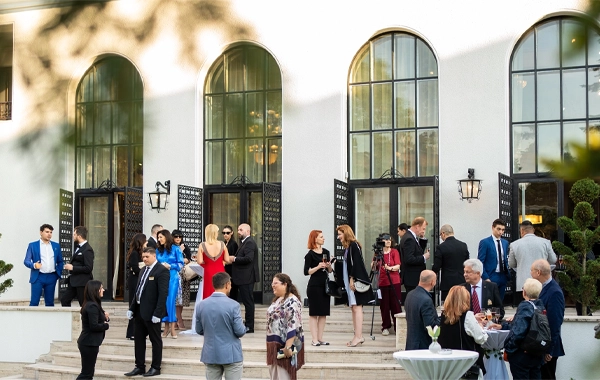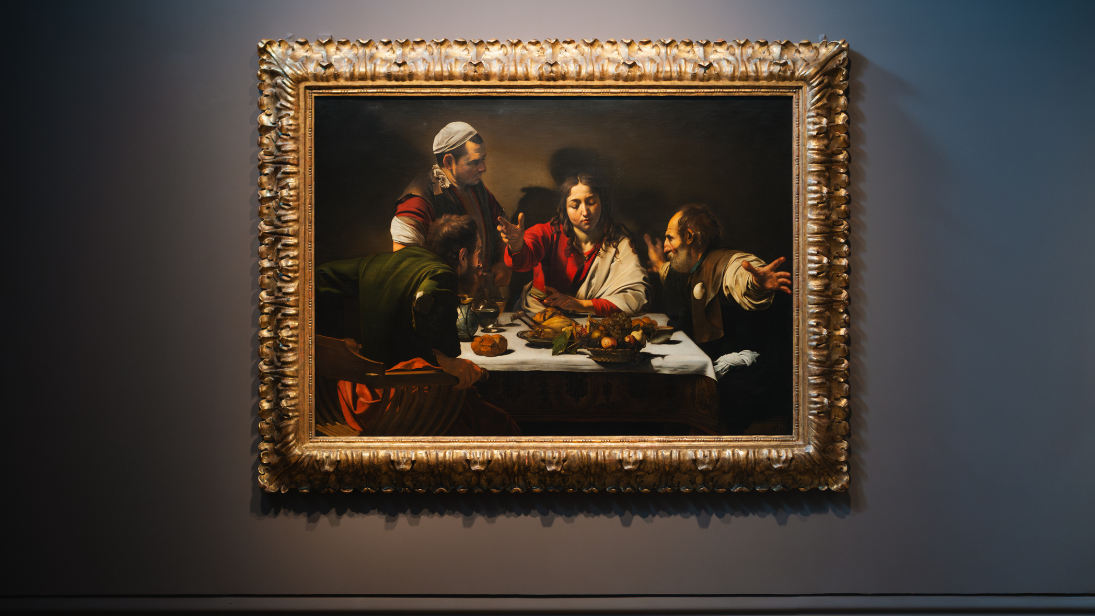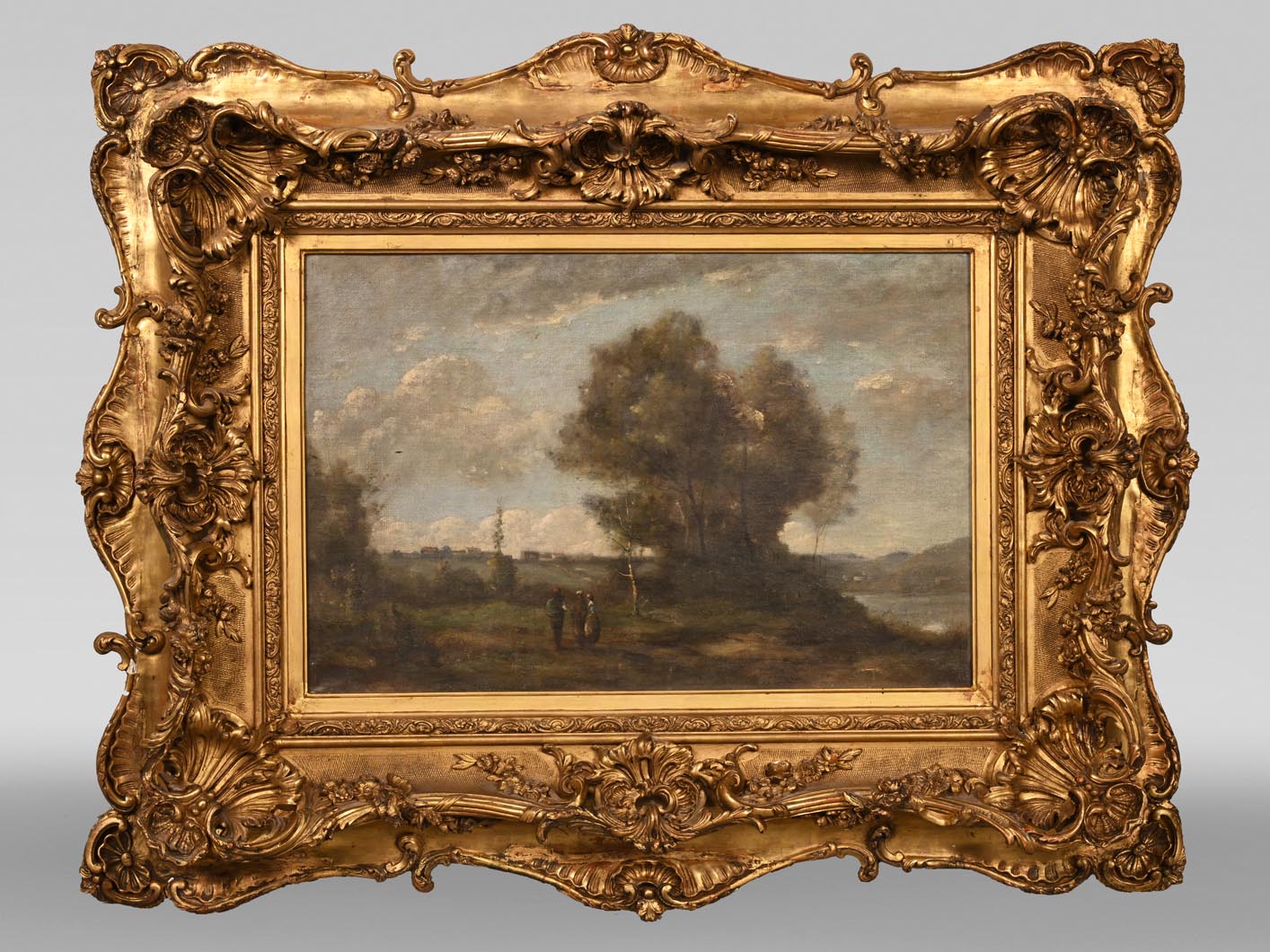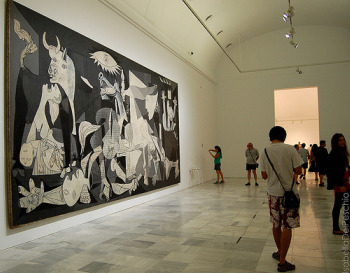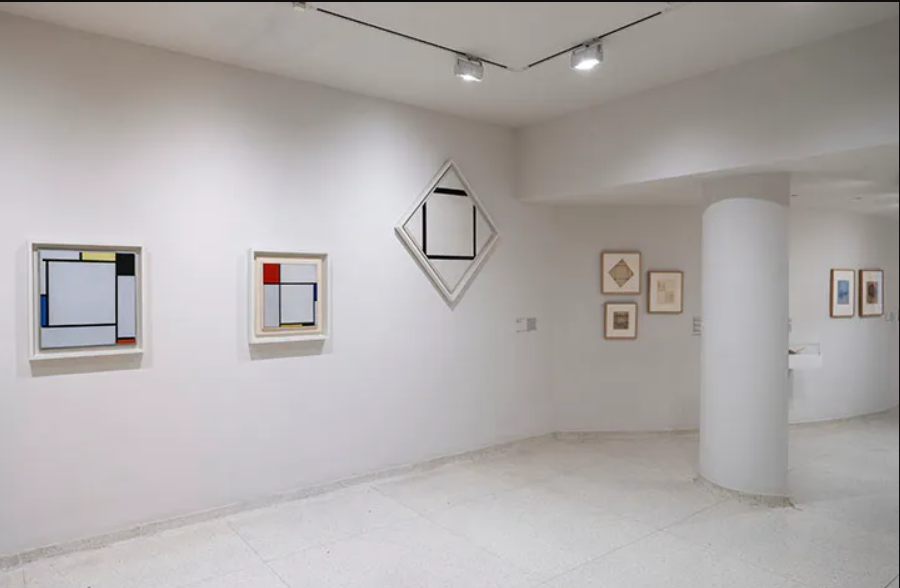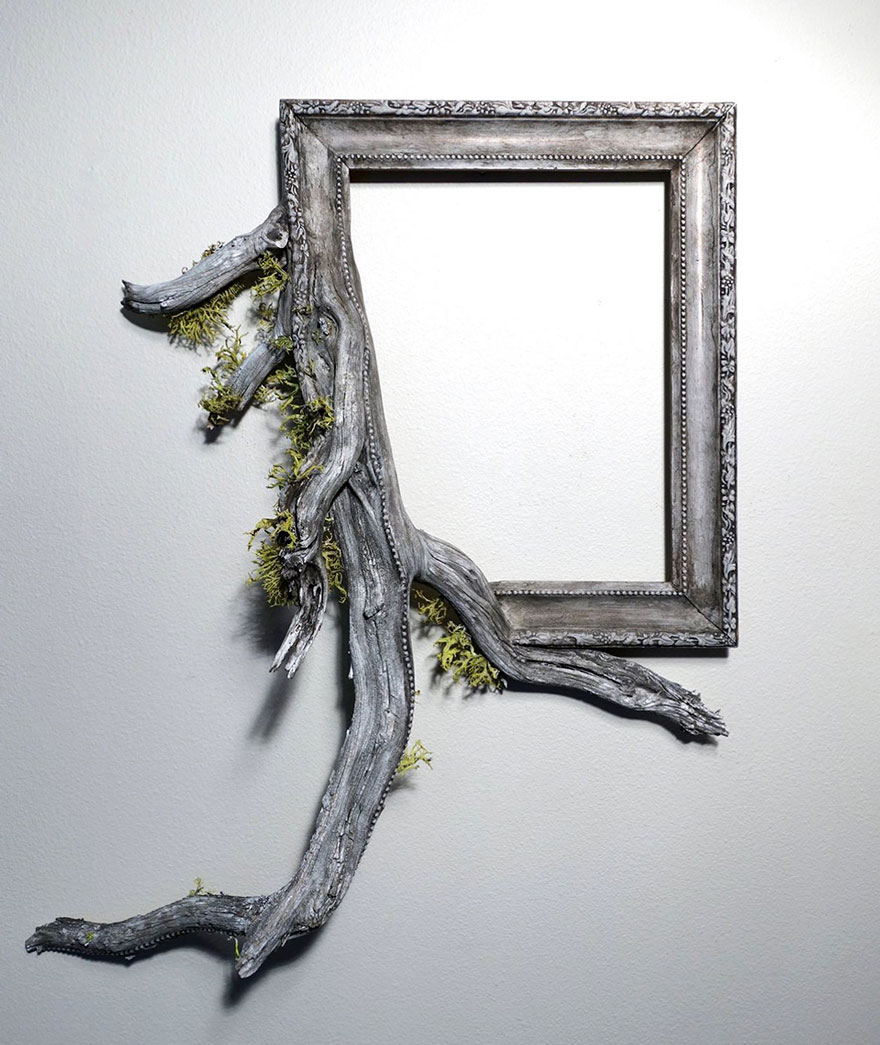Viewed primarily as a decorative element, the frame is often overlooked by visitors to museums or art galleries. However, its role is not merely ornamental; the frame serves as an extension of the artwork itself, significantly influencing its presentation while also playing a crucial role in its protection. This is precisely why choosing the right frame is essential not only for the preservation and safeguarding of the artwork but also for its harmonious integration into the space where it is exhibited.
Throughout history, frames have evolved from meticulously sculpted, richly ornamented structures to minimalist designs or even the complete elimination of the frame, reflecting shifts in aesthetic taste, cultural context, and artistic philosophy. During the Renaissance and Baroque periods, frames were works of art in their own right, carved from precious wood and adorned with gold leaf, designed to highlight the prestige of the artwork and the social status of the patron. We are all likely familiar with the massive wooden frames used for the large-scale paintings of Botticelli, Rembrandt, Delacroix, or Velázquez, which not only added considerable weight to the artwork but also provided an additional physical structure that enhanced the composition’s dramatic impact.
Given its proximity to the artwork, a painting’s frame is a crucial point of connection between the viewer and the image, a visual threshold that facilitates the subtle transition from our reality into the pictorial universe. In certain periods, such as modernism and the avant-garde, artists began rejecting the frame as a means of separation between the work and its environment, opting instead for more integrated approaches or even the complete elimination of the frame. Thus, while classical frames assume a decorative and protective role, in contemporary art, the absence of a frame can symbolize a conceptual statement, emphasizing the idea that painting is no longer an isolated object but rather a fragment of a larger reality.

